Temple relic cluster - Nghia Trang village palace, Hoang Kim commune (Hoang Hoa).
The natural landscape of Hoang Kim is also embellished by small mountains lying between fields and villages, with the Tra River (also known as the Au River) flowing through. The cultural geography of Hoang Hoa has lines describing this Tra River: "If the Cung River connects the Lach Truong River with the Ma River, the Tra River connects the Len River with the Lach Truong River. Like the Cung River, the Tra River both drains water and provides an abundant source of aquatic products for the villages along the river." In the past, together with the Ma River, the Tra River contributed to creating a very convenient waterway network for boats from the Lach Truong River to Ba Bong, down the Len River or up the Ma River to the Giang junction. Currently, the river mouth is filled in, the river is divided into many sections, but it is still a place to reflect prosperous villages with unique historical and cultural layers.
Nghia Trang village, also known as Gia village, was formed in the early 6th century. The peaceful village nestles on the banks of Tra river, looking up at the majestic Son Trang mountain range, surrounded by Son Trinh mountain and Nghe mountain. Generations of people here still pass down a poem praising the beauty of the village with deep pride: "Our village has a charming landscape/ Tra river meanders like a dragon".
The village center along the national highway has Gia market near Tra river, in the past, boats were crowded and bustling, trading and trading activities were bustling. From the market, the villagers built houses along the road, built a market hall, dug a market well, creating all conditions for people to come and exchange goods, including those from far away who wanted to stay for a few days. It can be said that Gia market and Nghia Trang village at that time became a bustling and famous trading center of the entire large area from Northwest Hau Loc to North Hoang Hoa, even to the other side of Ma river such as Giang village, Vom village, Tu village...
The village has a cluster of Nghia Trang temple relics that has been recognized as a provincial historical and cultural relic since 1988. This is where the gods are worshiped, namely Bac Luong Vu De, Lien Hoa princess and Cao Son Thuong Dang Than. The Nghia Trang temple relics cluster is located in a beautiful location, with rivers and mountains, poetic and charming. The temple gate used to be a large and beautiful gate, in front of which there is a stele with the words "dismount". However, at present, the temple gate has a simple design with two pillars made of bricks standing on both sides, in the middle is a simple opening and closing door, leading to the 8-roof stele house. The main hall was built with a 5-room architecture, divided into 2 areas according to the closed gable wall style. Although the temple-palace architecture is not ostentatious or imposing, the history of the formation and development of this relic cluster somewhat reflects the cultural and spiritual life of the people here.
Compared to Nghia Trang village, My Du village has a smaller area. According to the elders in the village, My Du literally means Rich, Da Mi. From the early days of building the village with only 5 to 7 households, over time, with creativity, hard-working hands, diligence, lifestyle, and thinking of the people over many generations, they have woven a unique tradition and culture. Until today, My Du village still preserves the beauty and soul of the old Northern and North Central villages in the image of banyan trees, water wharves, communal houses, etc. Historically, My Du village was a place to train militia and revolutionary guerrillas in the period when they first gained power, and was the place where the old communal administrative committee was located.
My Du temple relic is located on an open land, surrounded by cool green trees, on the side of the temple is the Tra river with its slow flowing water. According to the preserved documents, My Du temple is a place to worship two gods: Doc Cuoc Son Tieu and Que Hoa princess - both of whom are gods associated with legends and myths that help the people and the country. After restoration and embellishment, My Du temple still preserves many ancient artifacts such as: royal decrees, genealogies, bronze objects, porcelain...
The legend of the god Cao, named Son, Doc Cuoc descending to the land of My Du village is passed down: An angel descended to the land of Tho Phu, My Du village, Son Trang commune, Duong Son canton, My Hoa district on a rainy and windy night. The next morning, the villagers went to the riverbank, up to Tho Phu mound and saw a trace more than 1 meter long and 7 meters wide. Everyone in the village thought it was strange but did not understand the truth. Then, on the same night, 4 villagers all dreamed of a great man, dressed in neat clothes and hats, standing right on the mound from the sky and saying loudly: I am the god Doc Cuoc, ordered to manage the village. After saying that, the god disappeared. The next morning, the four people sat talking to each other and realized that they had the same dream, knowing that the god had descended, so they told the villagers to set up an altar to pray, not long after that they built a temple to worship him and burn incense. Currently, My Du temple still preserves 9 royal decrees for the god.
About Princess Que Hoa, the book Thanh Hoa Chu Than Luc wrote: She was from Tay Mo commune, born during the reign of King Canh Hung (1740 - 1786). At the age of 16, she left the village to become a monk in Bao Ta village, Nam Dinh . During the day, she studied Buddhist scriptures and devoted herself to practicing, and at night, she often went to the temple to worship the holy ancestors and fast. At the age of 33, she passed away. On the day of her funeral, the wind blew away the dust, the rain poured down, the road was clean, pink clouds covered the grave, and swallows reported. The people knew she was an immortal, so they compiled a story and sent it back to her hometown to build a temple to worship her, which showed many miraculous responses.
Highlighting the history of the formation and development of Hoang Kim land through the appearance of the names of people, villages and the vitality of the relics to see that: Although going through the changes of time, the ups and downs of history, administrative boundaries, the name of that land can change. But all is not lost but is engraved in the memories of generations of people here, the love and nostalgia never fades. In the midst of today's life, those historical - cultural values are still being preserved and promoted, becoming a solid support, a shade to protect the generations of children here to constantly strive to build their homeland and country.
Article and photos: Dang Khoa
* The article uses materials in the book "History of the Hoang Kim Commune Party Committee (1953-2018)", Labor Publishing House.
Source: https://baothanhhoa.vn/ben-dong-tra-giang-252113.htm


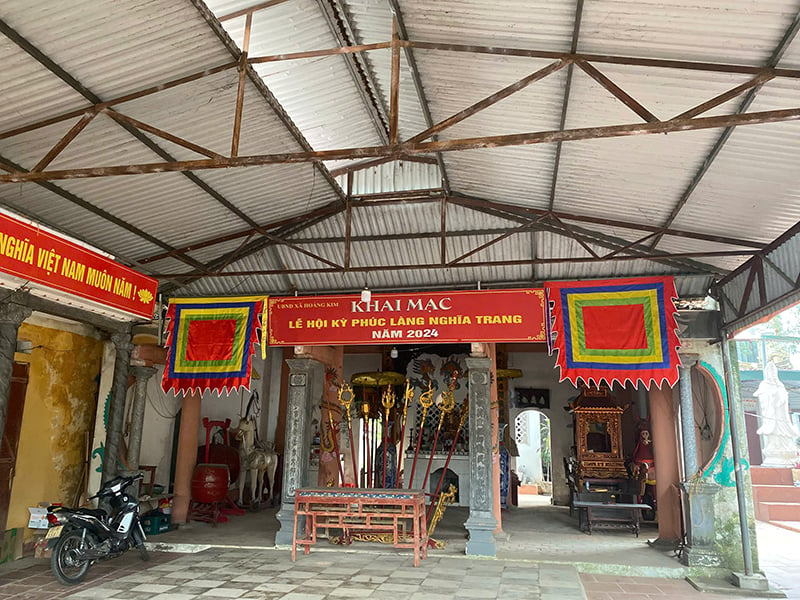
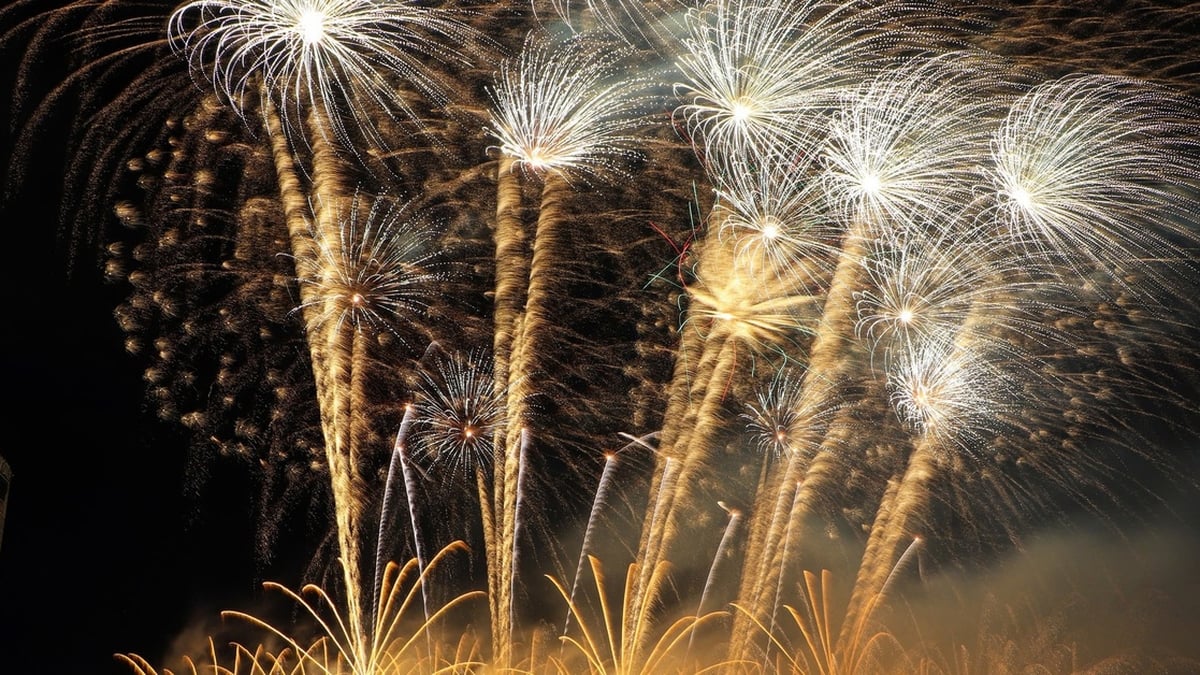
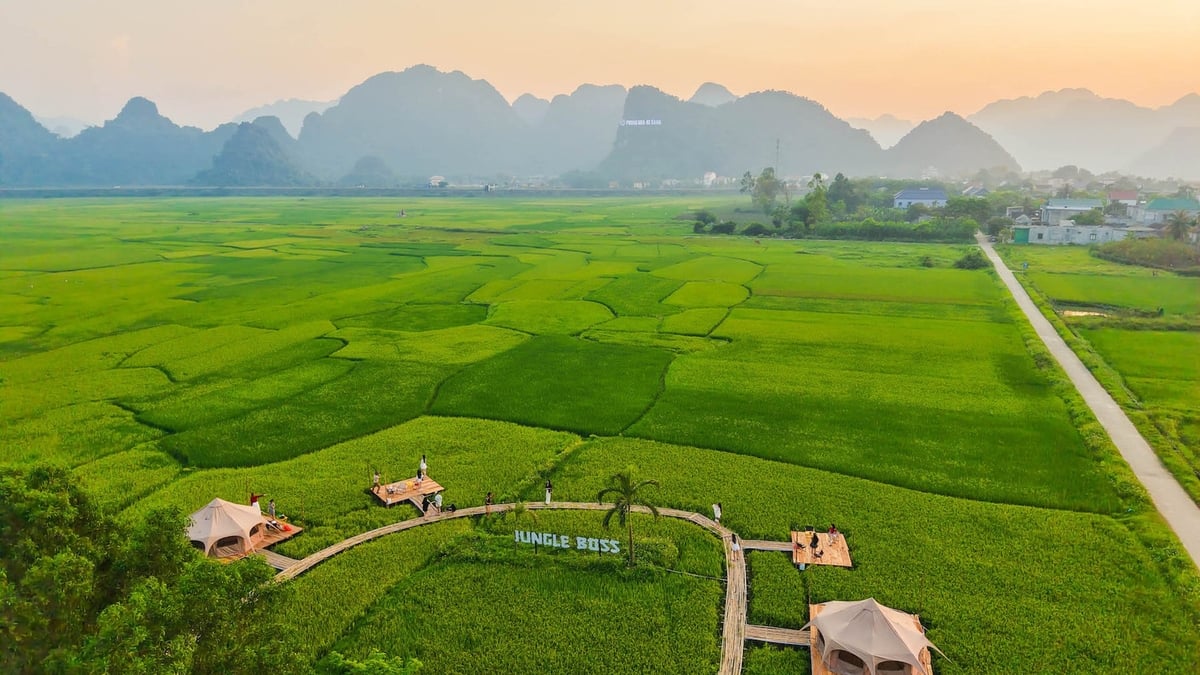
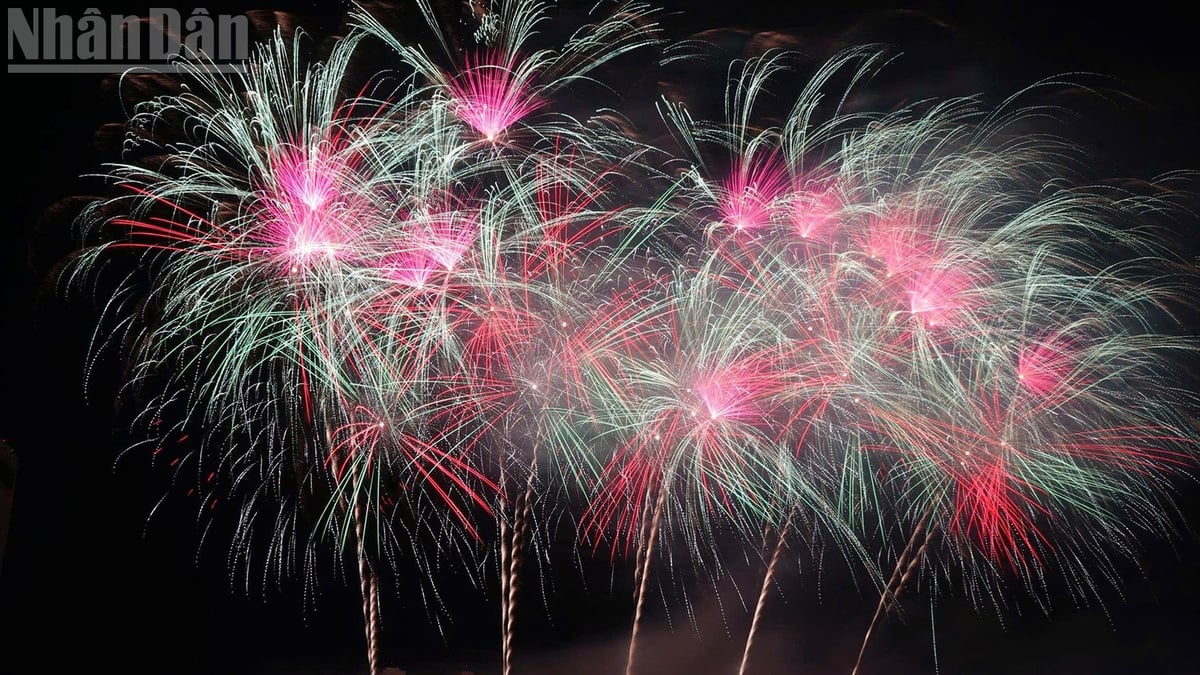
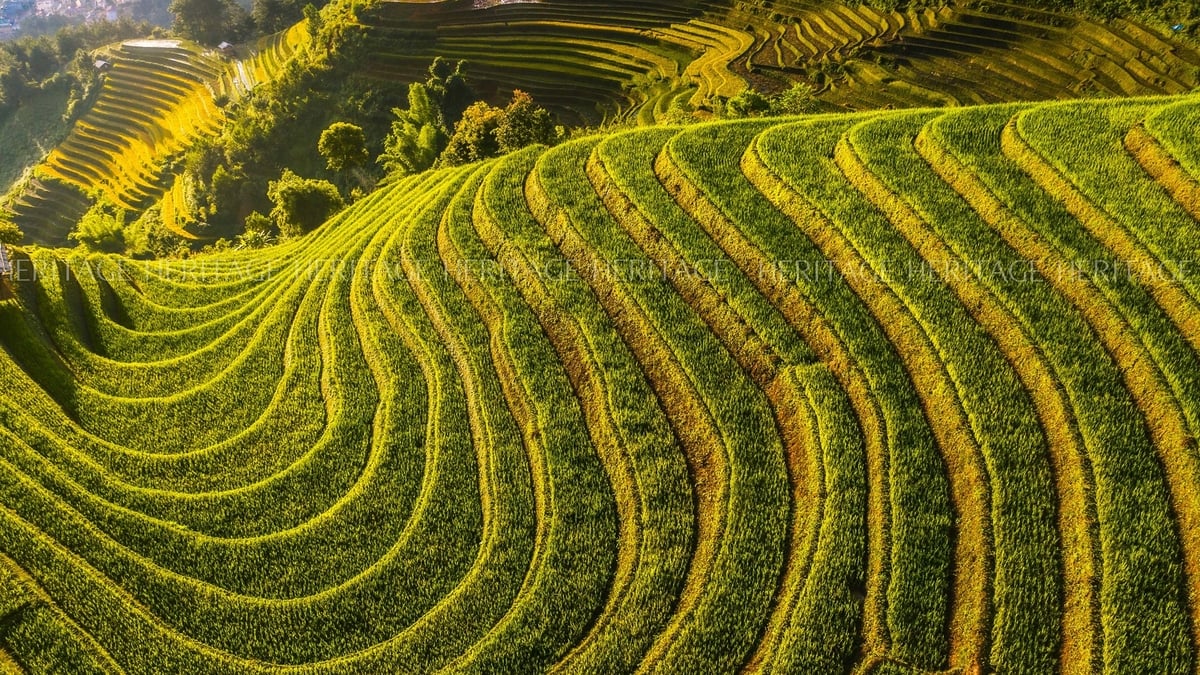


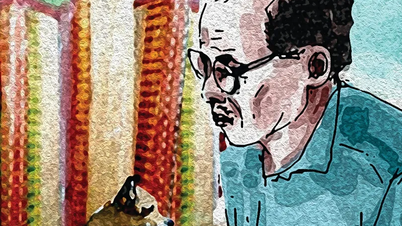








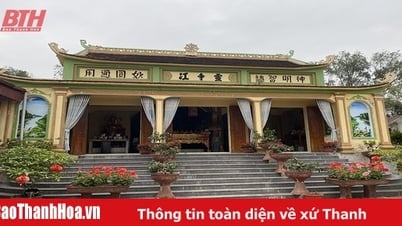




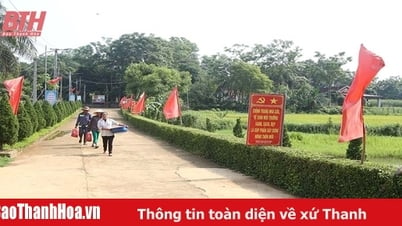

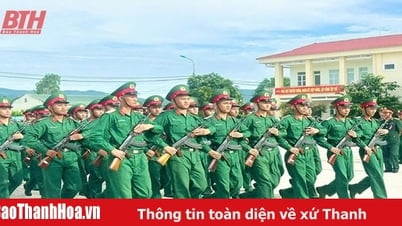
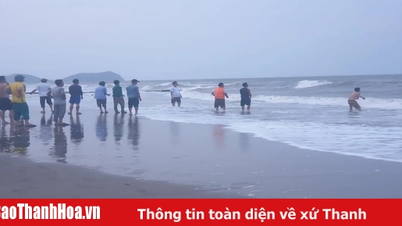
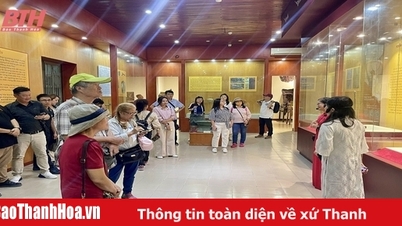
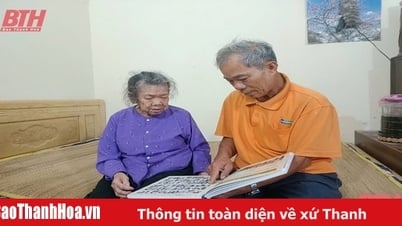






























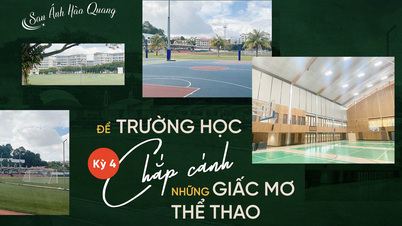







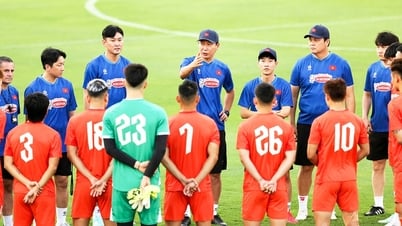










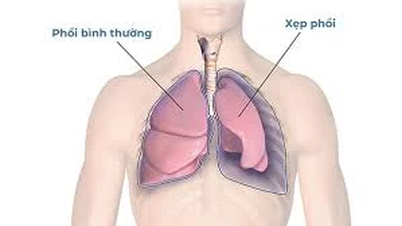

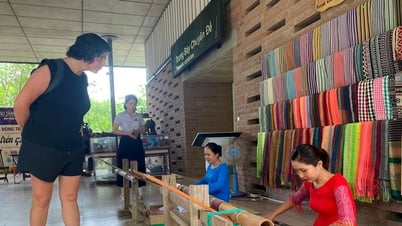
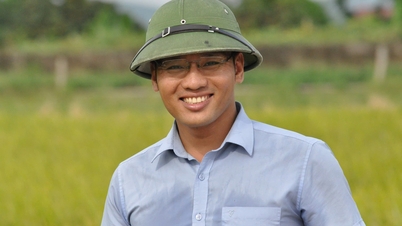


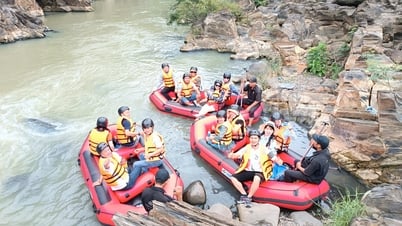












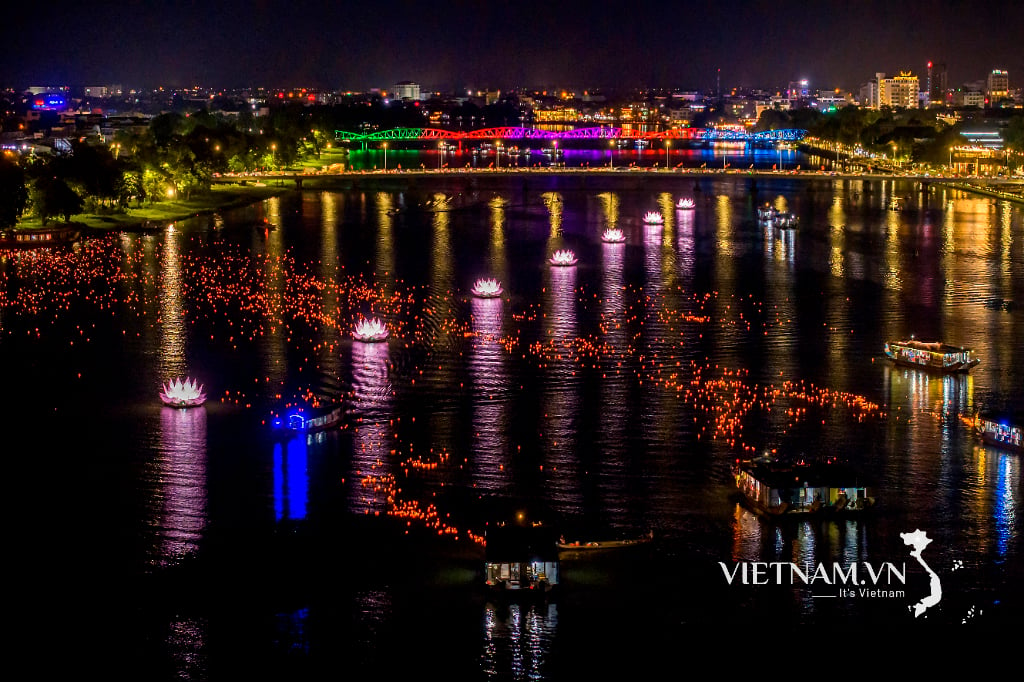

Comment (0)